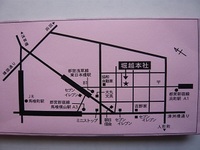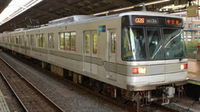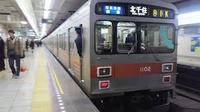![]()
![]() This year
This year![]() , the one-day "Oedo wholesaler festival" will be held from 9:00 to 16:00 on December 7 (Sun).
, the one-day "Oedo wholesaler festival" will be held from 9:00 to 16:00 on December 7 (Sun).![]()
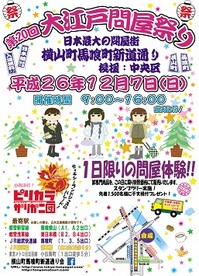 As I introduced last year, this sale was held by a wholesaler in Nihonbashi Yokoyama-cho and Bakurocho wholesaler district.
As I introduced last year, this sale was held by a wholesaler in Nihonbashi Yokoyama-cho and Bakurocho wholesaler district.
Since it is a sale that opens the store, wholesale products are sold at wholesale prices.
You can buy it with confidence.![]()
Shindo-dori is the center, but besides Shindo-dori, there are many wholesalers that open shops only on this day and sell them at wholesale prices, so it is![]() fun just to look around various things, but Shindo-dori It is a bit difficult to walk depending on time because the crowd is so great.
fun just to look around various things, but Shindo-dori It is a bit difficult to walk depending on time because the crowd is so great.
The nearest stations are Asakusabashi, Bakurocho, Bakuroyokoyama, Higashinihombashi, and Kodemmacho.
URL:http://tonyamatsuri.com/
In addition, although the location is a little far away from the Oedo wholesaler festival, "Horikoshi tie", which manufactures and wholesales ties and mufflers, is called "Horikoshi tie".
We have a family sale for the following period. Unfortunately, the day of the Oedo wholesaler festival is Sunday.
I can't look around with you.![]()
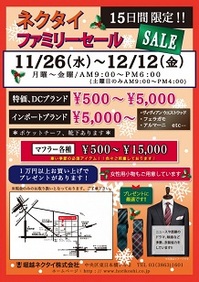 November 26 (Wed)-December 12 (Fri)
November 26 (Wed)-December 12 (Fri)
Mon-Fri: From 9:00 to 18:00
Soil :From 9:00 to 16:00
Day :Holiday
Horikoshi tie Co., Ltd.
1-4-2, Higashinihonbashi, Chuo-ku, Tokyo
03-3863-1601
Men's mainly, but how about Christmas presents?![]()
